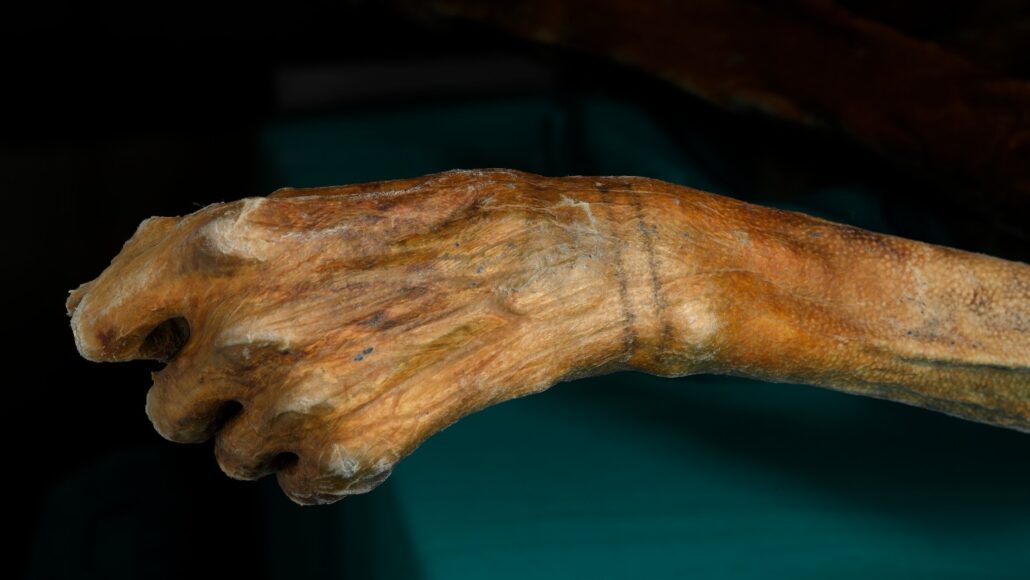
Archaeology
A tattoo experiment hints at how Ötzi the Iceman got his ink
The findings challenge a common idea about how the mummified man got marked with dark lines.
By Bruce Bower
Come explore with us!

The findings challenge a common idea about how the mummified man got marked with dark lines.
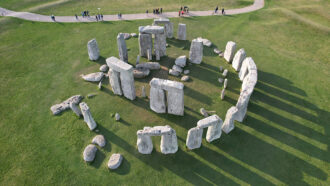
After a century of searching for the source of the Altar Stone, scientists have yet to figure out where ancient people got the rock.
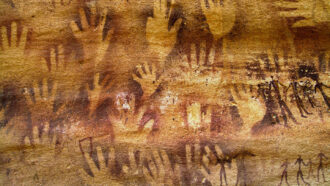
Researchers rely on prehistoric tools and other artifacts to study the vast stretches of time before recorded history.
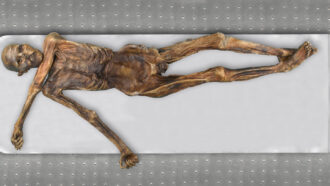
A reanalysis of the ancient guy’s genes shows he was balding and had dark skin. He also had an unusual amount of early farmer ancestry.
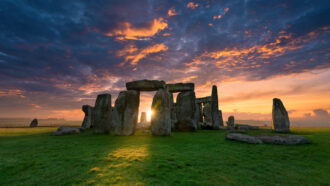
Questions remain about exactly who built Stonehenge and why. But some details are known about the site’s origins.

By searching ancient texts and ruins, scientists found a concrete recipe that could make buildings stronger — and help address climate change.
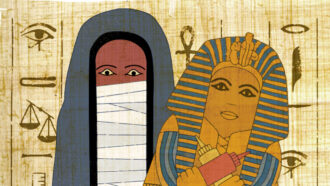
In this science project, you will learn about the rituals and science of mummification by mummifying a hot dog.
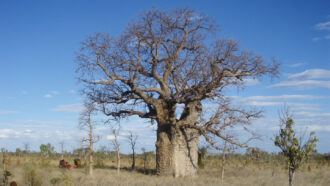
Archaeologists and an Aboriginal family are working together to find and document a First Nations group’s lost ties to the land.

Indigenous peoples of the Americas developed self-rule long before the pilgrims arrived or the U.S. Constitution was written.
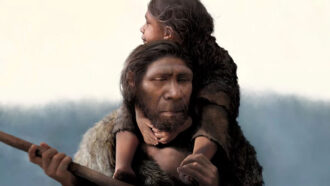
Neandertals are an extinct species closely related to modern humans. They made tools and jewelry, controlled fires and cared for their sick.